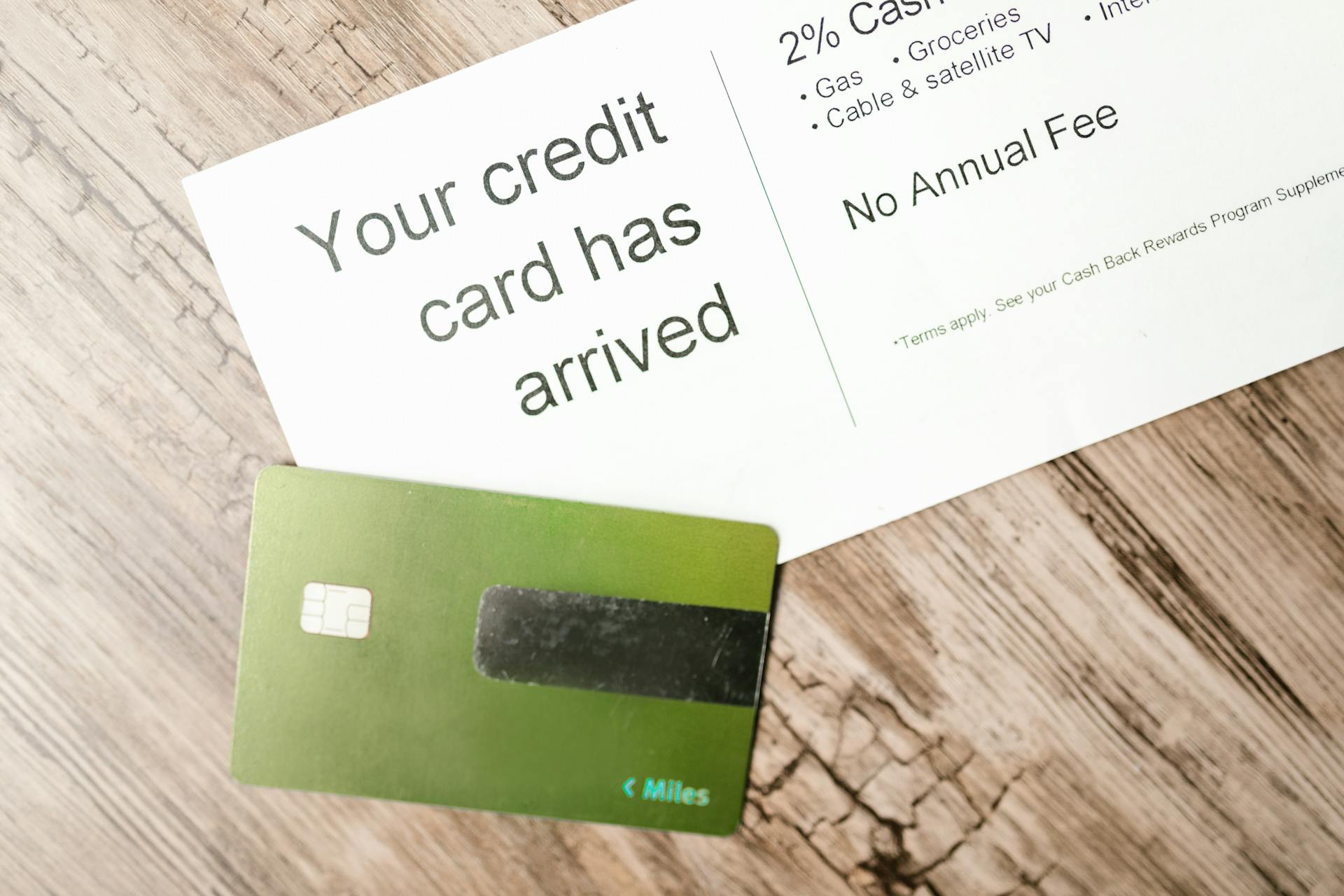So you’ve dipped your toe in the RV rental waters—maybe with one or two rigs—and things are going well. Bookings are rolling in, the cash flow looks promising, and now you're thinking: "What if I scale this up?"
But here’s the catch: buying multiple RVs isn’t exactly pocket change. Whether you're aiming for your third unit or dreaming of a full-fledged fleet, scaling means spending—and that’s where smart financing becomes your best friend.
In this guide, we’ll walk through the most effective financing options for RV entrepreneurs looking to grow without burning through all their cash.
Table of Contents
- Why Financing Is Key to Scaling Your Fleet
- Traditional Bank Loans: Pros and Cons
- RV-Specific Lenders and Dealer Financing
- Business Lines of Credit for Working Capital
- SBA Loans for RV Rental Businesses
- Using Equipment Financing to Purchase RVs
- Personal vs. Business Credit: What You Need to Know
- Creative Financing: Partnerships, Syndicates, and Leasing Models
- Final Thoughts: Building a Scalable, Funded RV Fleet
1. Why Financing Is Key to Scaling Your Fleet

You already know an RV can be a cash-flow machine—some owners see $10K to $25K in annual net income from just one unit.
But what happens when you want to grow from 1 to 5 RVs... or 10? That kind of scale requires capital. And unless you’re sitting on a pile of cash, financing is the tool that bridges that gap.
Used wisely, it can help you:
- Preserve your cash for emergencies
- Increase returns by leveraging other people’s money
- Deduct loan interest as a business expense
- Grow much faster than reinvesting income alone
In short: financing helps you grow smart, not just fast.
2. Traditional Bank Loans: Pros and Cons
A lot of new investors start by walking into their local bank. It’s familiar, after all. But there’s a catch: most banks see RVs as personal-use vehicles, not business assets.
Pros:
- Low interest rates for borrowers with great credit
- Simple application process if you already bank there
Cons:
- Many banks restrict commercial use
- Slower approval timelines
- High down payments (20–30%)
- Might not fund multiple units easily
For a single unit, traditional banks might work. But if you’re building a fleet, they often fall short.
3. RV-Specific Lenders and Dealer Financing

Here’s where things get interesting. Some lenders and RV dealers understand the rental business model and offer financing tailored to your goals.
Why it matters: These partners know you're not buying for weekend trips—they know you’re investing.
Advantages:
- Faster approval timelines
- Down payments as low as 10–15%
- Commercial use allowed and expected
- Fleet-friendly packages for 2–20+ RVs
If you’re serious about growth, working with a dealer who has fleet-lending partners is often a game changer.
4. Business Lines of Credit for Working Capital
Once you’ve got revenue flowing, a business line of credit (LOC) becomes a super flexible tool.
You don’t have to use it all at once—instead, it’s there when you need it.
Use an LOC to:
- Cover seasonal dips
- Pay for surprise repairs
- Fund down payments
- Support marketing or staff costs
Think of it as your financial backup plan—available capital without the long-term commitment.
5. SBA Loans for RV Rental Businesses
If you’re looking for big funding with great terms, the Small Business Administration (SBA) might be your ticket.
Yes, the application process is a bit more involved, but the terms are hard to beat.
What makes SBA loans attractive:
- Long repayment windows (10–25 years)
- Lower interest rates than traditional lenders
- Smaller down payments
- Can be used for RVs, real estate, or working capital
You’ll need solid books, a business plan, and decent personal credit. But for serious scaling, SBA loans are worth exploring.
6. Using Equipment Financing to Purchase RVs
Here’s a fun fact: RVs count as “equipment” for many lenders.
That opens the door to equipment financing, which is typically faster and more flexible than bank loans.
What you get:
- Loans backed by the RV itself (collateralized)
- 1–7 year terms
- Quick approval
- Often better rates than credit cards or unsecured loans
This option is great if you’re buying utility-style RVs, delivery units, or anything with high mileage.
7. Personal vs. Business Credit: What You Need to Know
In the early days, your personal credit is going to carry most of the weight. But as your rental business matures, building business credit becomes critical.
Here’s how to do it:
- Get an EIN and register your LLC
- Open business bank accounts and credit cards
- Apply for vendor accounts that report to credit bureaus
- Keep personal and business finances separate
Strong business credit gives you more options, better rates, and higher approval limits—all key ingredients for long-term success.
8. Creative Financing: Partnerships, Syndicates & Leasing Models

Not all financing has to come from a bank.
Many of our clients scale by thinking outside the box—partnering with others or using flexible models that reduce personal risk.
Creative routes include:
- Investor partnerships – Split ownership, share profits
- Fleet syndication – Pool capital with others to buy multiple units
- Lease-to-own – Control the RV while paying over time
- Revenue-share deals – You fund the RV, a manager (like RVM) handles the rest
If your goal is passive income with limited risk, creative financing might be your best path forward.
9. Final Thoughts: Building a Scalable, Funded RV Fleet
Here’s the bottom line: You don’t have to scale your RV business with your own cash.
The smartest investors use financing to:
- Accelerate growth
- Maximize returns
- Protect their cash flow
- Tap into tax-deductible leverage
At RV Management USA, we help RV investors connect with lender partners, build finance-friendly business structures, and scale confidently.
Ready to explore your financing options? Contact us here for a free strategy session—we’ll help you figure out the best way to grow your fleet and your income.
— The RVM Team

